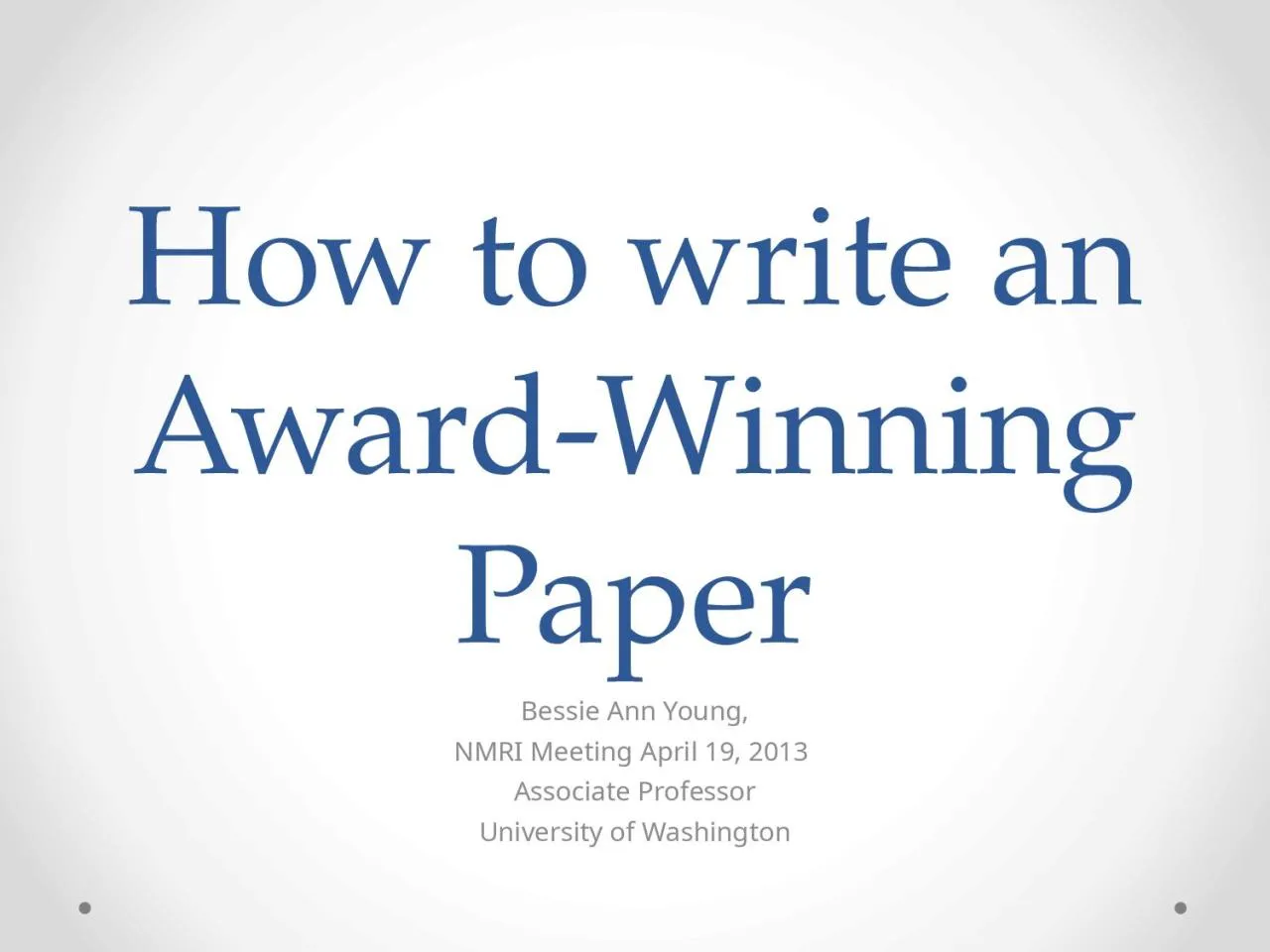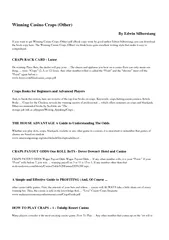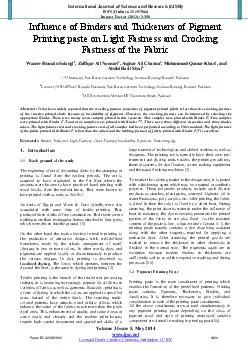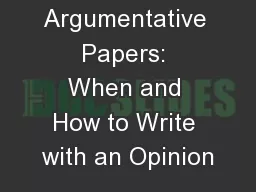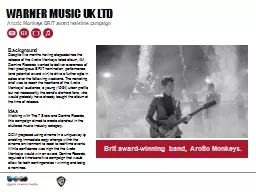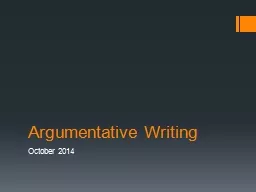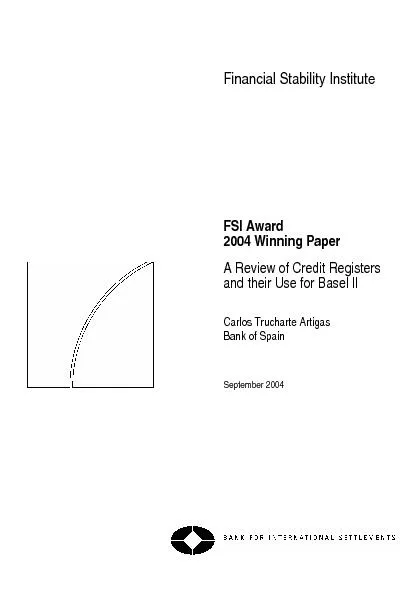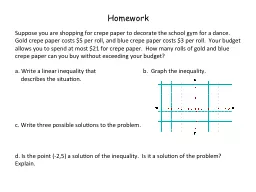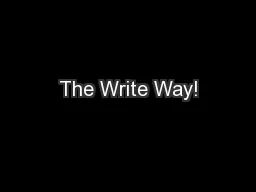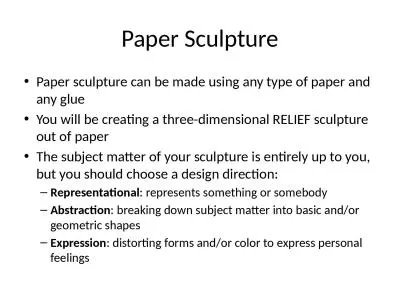PPT-How to write an Award-Winning Paper
Author : esther | Published Date : 2022-06-07
Bessie Ann Young NMRI Meeting April 19 2013 Associate Professor University of Washington Outline of Talk Why are papers important in academia Why should you write
Presentation Embed Code
Download Presentation
Download Presentation The PPT/PDF document "How to write an Award-Winning Paper" is the property of its rightful owner. Permission is granted to download and print the materials on this website for personal, non-commercial use only, and to display it on your personal computer provided you do not modify the materials and that you retain all copyright notices contained in the materials. By downloading content from our website, you accept the terms of this agreement.
How to write an Award-Winning Paper: Transcript
Download Rules Of Document
"How to write an Award-Winning Paper"The content belongs to its owner. You may download and print it for personal use, without modification, and keep all copyright notices. By downloading, you agree to these terms.
Related Documents

